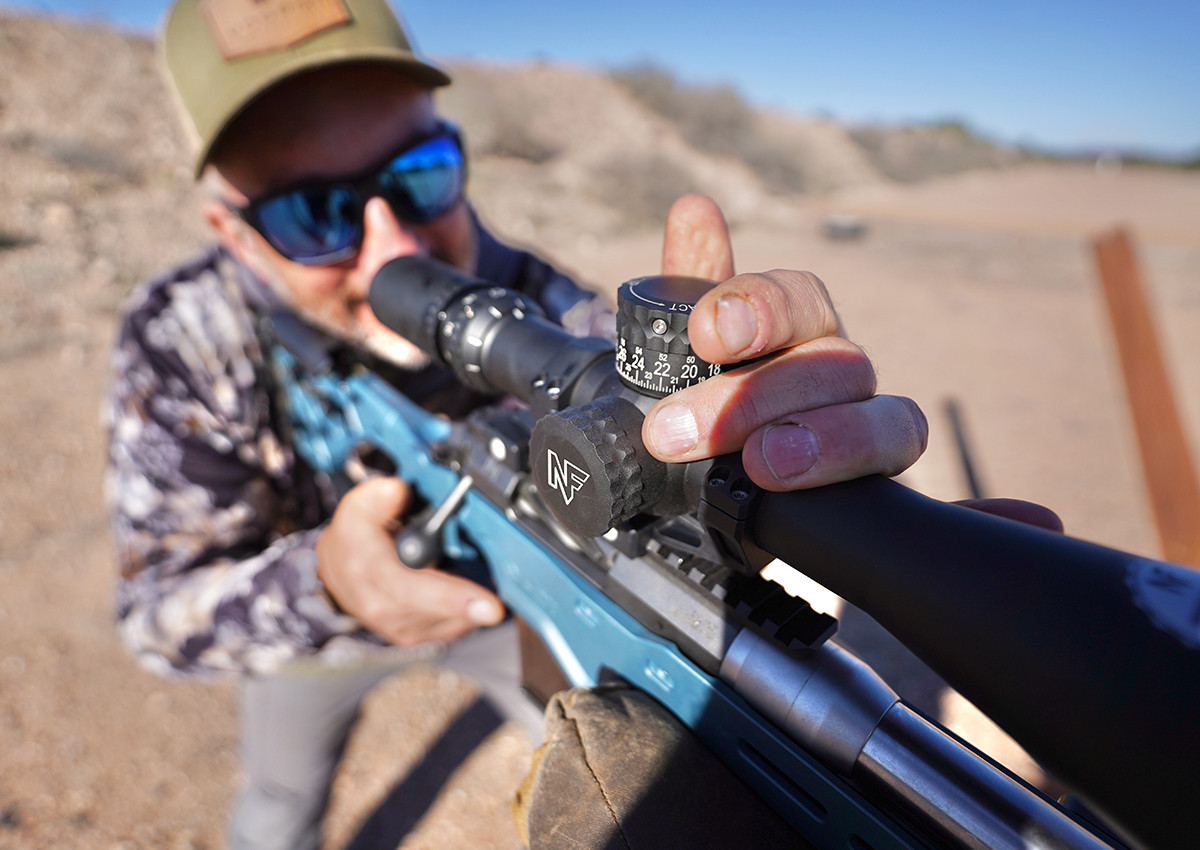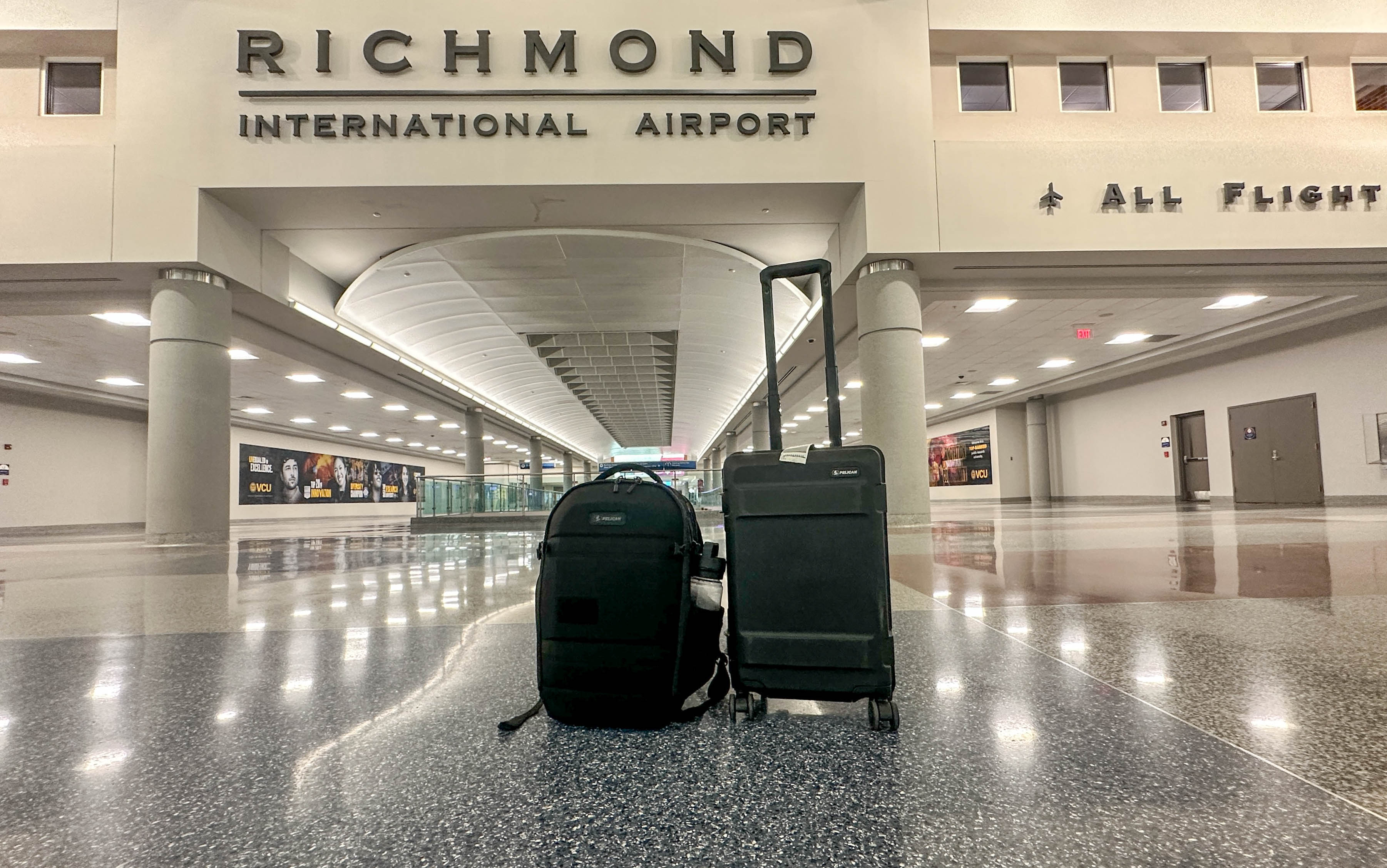FFP vs SFP Riflescopes | Outdoor Life

If you’re shopping for a rifle scope, the third question—after “What do you plan to use it for?” and “How much are you looking to spend?”—is “Are you looking for a first-plane or second-plane reticle?” The first two questions are pretty easy for most shooters and hunters to answer. That third question generally leads to a long pause. What’s the difference between FFP vs SFP again?
Smart shoppers will ask the retail clerk to explain the difference, but a surprising number of rifle shooters, afraid to ask, end up mumbling some unhelpful guess.
The clerk, trying to be educational, might say something like: “Well, second-plane reticles are more for hunting, and first-plane scopes are more for target shooting.”
The result of all this guessing and speculation and half-correction is that many scope buyers leave with an optic that’s not quite right for their needs. They also likely have no better idea of the difference between first focal plane and second focal plane than when they walked in the door.
You may well be in that population, unsure of the acronyms SFP or FFP on online descriptions, and armed with only a flimsy idea of their optimal uses. So here it is, the difference between second-plane and first-plane reticles, sometimes called rear-plane and front-plane reticles, respectively.
Put simply: The reticle in a first-plane scope will increase and decrease in size as you change magnification. Because of that feature, your trajectory markings—those hold-over and hold-off references on the reticle—will remain the same relative to each other and to the image size regardless of magnification. In a second-plane scope, reticles stay the same size, regardless of magnification. That’s a handy feature if you have a simple crosshair.
Still not clear on which option is best for your needs? Let’s get into the weeds.
What Is a Reticle?
Before we get into detail about how these two styles of reticles work and why they are called what they’re called, we’re going to take this discussion right down to the studs. What is a reticle, anyway? It’s the aiming points of a riflescope.
In some models, the reticle is a cross created by a horizontal and vertical line that bisect at right angles. Hence the old term “crosshairs.” Other models might have additional bars on the vertical axis below the cross. These are called BDC, for bullet-drop compensating reticles. And still others might have all sorts of hashes, dots, and lines along the horizontal line and all the way down the vertical line, and even out in the open areas below the center aiming point. These are generally called precision reticles.
The marks along the horizontal axis are used for “holding off” or adjusting your shot to compensate for wind coming from either left or right. The stronger the wind blowing your bullet off plumb, the more you’ll need to hold into the direction of the wind to compensate for the drift to place your bullet in the bullseye.
The marks along the vertical axis are “hold-over” marks for adjusting your shot to distance. The farther your target, the more you’ll need to hold over your target in order to combat the twin forces of gravity and decreasing velocity of your bullet.
Read Next: Best Rifle Scopes
Anatomy of a Scope
Next, let’s talk about the anatomy of a riflescope. The lens closest to your target, the big lens at the end of the scope, is the objective lens. The smaller lens closest to your eye—the one you look through when you aim—is the ocular lens. Just in front of the ocular lens is a twistable ring that adjusts magnification. Most modern riflescopes are variable-power scopes, meaning you can adjust the magnification by turning that ring, aka the “power-changing ring.”
In the middle of the scope are a couple of control knobs, often protected by screw-off caps. The knob on top is the elevation turret. Turn it to move the reticle either up or down, depending on the distance to your target. The knob on the right side is the windage turret. Turn it to move the reticle either right or left. Together, those two knobs become the scope’s “erector system.” They move a hidden tube inside your scope’s outer tube up, down, left, or right, to adjust where you want your bullet to hit.
Reticles can be placed on either the first or second plane, which describes where the reticle is located relative to that mid-scope erector system.
A first-plane reticle is in front of the erector system. Because of that, the reticle will increase in size with the magnification, and decrease in size as the magnification decreases. A second-plane reticle is located at the rear of the erector tube, close to your eye. Because of its location behind the magnification lens, it stays the same size regardless of magnification.
So what does this mean in the real world? And how does this help you pick the right scope for your specific shooting requirements?
First-Plane Reticle Breakdown
From and end-user standpoint, the most significant feature of a FFP scope is that the reticle will appear to change size as you change magnification. In reality, the reticle stays the same size relative to the image you’re seeing through it. This is a huge benefit for long-distance shooters who want to use the reticle for wind or elevation holds. It doesn’t matter what the magnification is set to, the reticle subtensions are accurate. In other words, whether you are at 4x magnification or 20x magnification, 1 MIL on your reticle will be 1 MIL. This makes FFP reticles more user-friendly and intuitive to the precision shooter.
There are some potential drawbacks to using FFP scopes in some situations. Many hunters have traditionally preferred SFP scopes because the reticle is just as easy to see at low magnification as it is at high magnification. Some FFP scopes have a reticle that’s easily visible at lower magnifications, but becomes too thick for precise shooting at high magnification. Other scopes have a reticle that becomes nearly invisible at low magnification in low light, and illumination is essential.
Pros
- Accurate reticle subtensions at any magnification
- Hassle-free windage and elevation holds
- Easier to use reticles for ranging
- Great for long-distance or unknown-distance shooting
Read Next: MIL vs MOA
Cons
- Some reticles can be too thick or heavy at full magnification
- Some reticles can be too fine at low magnification — especially in low light
Read Next: Best Long Range Rifle Scopes
Second-Plane Reticle Breakdown
A SFP rifle scope is what most of us have grown up using — and they are extremely popular for hunting. To the user, the most noticeable feature is that the reticle will appear to be the same size regardless of the magnification setting. This makes the reticle easier to see in many cases, especially in low-light hunting scenarios. The downside is that the reticle changes size relative to the image as the magnification is changed.
Many SFP scopes have BDC, MOA, or MIL reticles, but the subtensions are only accurate at one magnification setting. The default is that they are spot-on at the highest magnification, but this isn’t always the case. Some scope reticles list full-, half-, and quarter-value magnification settings, but it requires some on-the-fly math to take advantage of. More importantly, it’s hard to be certain that you are on the exact setting you need to use the reticle.
Pros
- Reticle is equally visible at all magnifications
- Reticles are generally less cluttered
- Still works well with dial-up elevation adjusments
- Best for sub-300 yard hunting
Cons
- Reticles are less precise at long distance
- Requires certain magnification setting for the reticle to be accurate
FAQ
It depends on the application. For close-range hunting and shooting, SFP has advantages. For the long-range precision shooter, FFP is better.
An FFP scope’s reticle is always the same size relative to the image, so MOA or MIL subtensions are always accurate, regardless of magnification and easier to use for wind or elevation holds.
If you’re a hunter who doesn’t shoot farther than 200 or 300 yards, SFP is probably your best option. If you like to use your reticle for wind holds or shoot greater distances, FFP is the way to go.
Generally, military and law enforcement snipers use FFP scopes more than SFP because of the ability to get accurate wind and elevation holds at any magnification.
Final Thoughts on FFP vs SFP
It’s fair to ask: Are second-plane scopes useless for precision target work? No, but because bullet-drop references are optimized for use at the highest magnification, these scopes have more limited utility. Also, most second-plane scopes have fewer reticle references, so precision aiming is more difficult.
Because the reticle is located near the rear of the scope tube, assembly costs for second-plane scopes are less than they are for front-plane reticles. Consequently, most second-plane scopes are less expensive than their first-plane equivalents.
Read Next: Best Rifle Scopes Under $500, Tested and Reviewed
Hopefully, this tutorial prepares you for that all-important third question at the gun counter. You’re on your own for the fourth: What reticle design do you prefer?
Read the full article here







